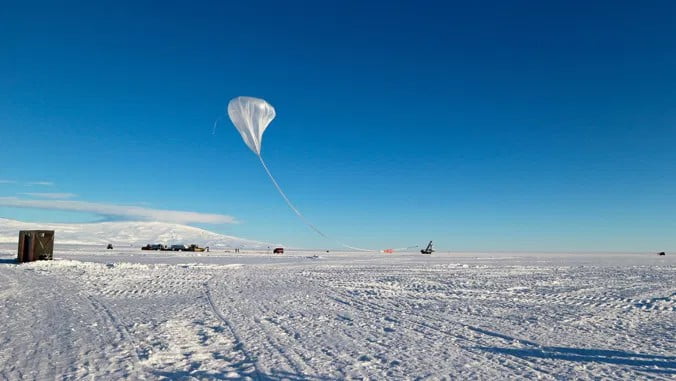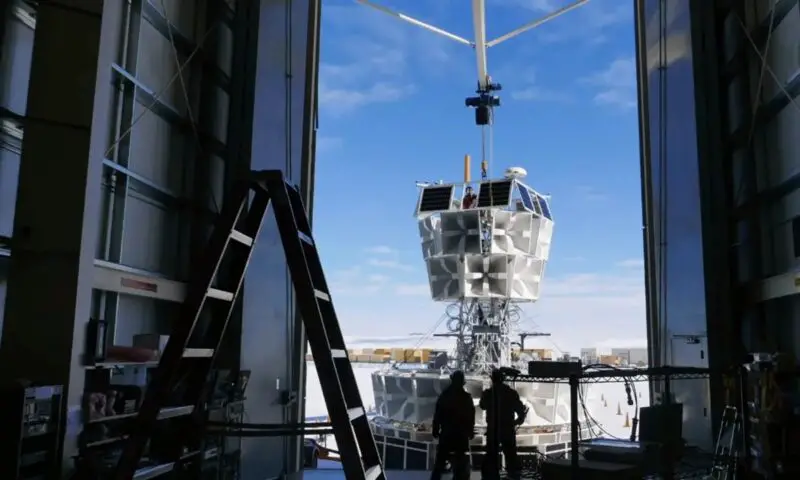Today many international outlets released the news that “NASA detects possible evidence of a parallel universe in Antarctica” and although the existence of this universe is a possibility, the news and its scandalous title is not. However, the source from which everyone misunderstood the news reveals more impressive data than we thought: the discovery of particles that do not fit the standard model of physics that we know.
According to research developed by the University of Hawaii and led by physics professor Peter Gorham, evidence suggesting the existence of such particles was discovered on the surface of Antarctica thanks to the use of the Antarctic Antarctic Transient Impulse Antenna (ANITA , for its acronym in English). Most important of all, this is not the first time these particles have been detected.

The ANITA project, consisting of a stratospheric balloon payload flying over Antarctica, was designed to detect cosmic ray air showers through radio wave signals on its way down or up after bouncing off the ice. What scientists at the University of Hawaii detected was a new species of cosmic ray that goes backwards, from Earth to space.
“What we saw is something that looked like a cosmic ray, as seen in the reflection of the ice cap, but it was not reflected,” Gorham said. “It was as if the cosmic ray had come out of the ice itself. Something very strange. So we published an article on that, we just suggested that this was in quite a strong tension with the standard physics model. ”
During the flights in December 2006 and December 2014, ANITA detected a source of high-energy particles erupting from the ice that resembles a reverse cosmic ray shower. These discoveries were published in the prestigious journal Physics .
Scientists concluded that one possibility is that cosmic rays from a bright supernova exploded across the Earth, but only the 2014 detection coincided with such an event. Another possibility is that ANITA detects radio waves emitted by a particle not included in the standard model.
After analyzing the particle, Professor Gorham’s team hypothesized that “it could be a secondary particle produced by an interaction of neutrinos.” L os they Neutrinos are fundamental particles of the universe, born with the energy of the Big Bang. They can tell us everything from the birth of the universe to the nuclear reactions that drive cities.
“It could indicate that we are actually seeing a new class of subatomic particles that is very penetrating,” Gorham said. “Even more penetrating than a neutrino, which is quite difficult to do. This particle would be passing through almost all the earth. So this could be an indication of some new type of physics, what we call beyond the standard model of physics.”
Detections suggest that the signals came from particles moving upward and through the ground before exiting the ice. But cosmic rays are not forecast to do that in large quantities. More detections of these strange signals are needed before drawing definitive conclusions about their origin.





